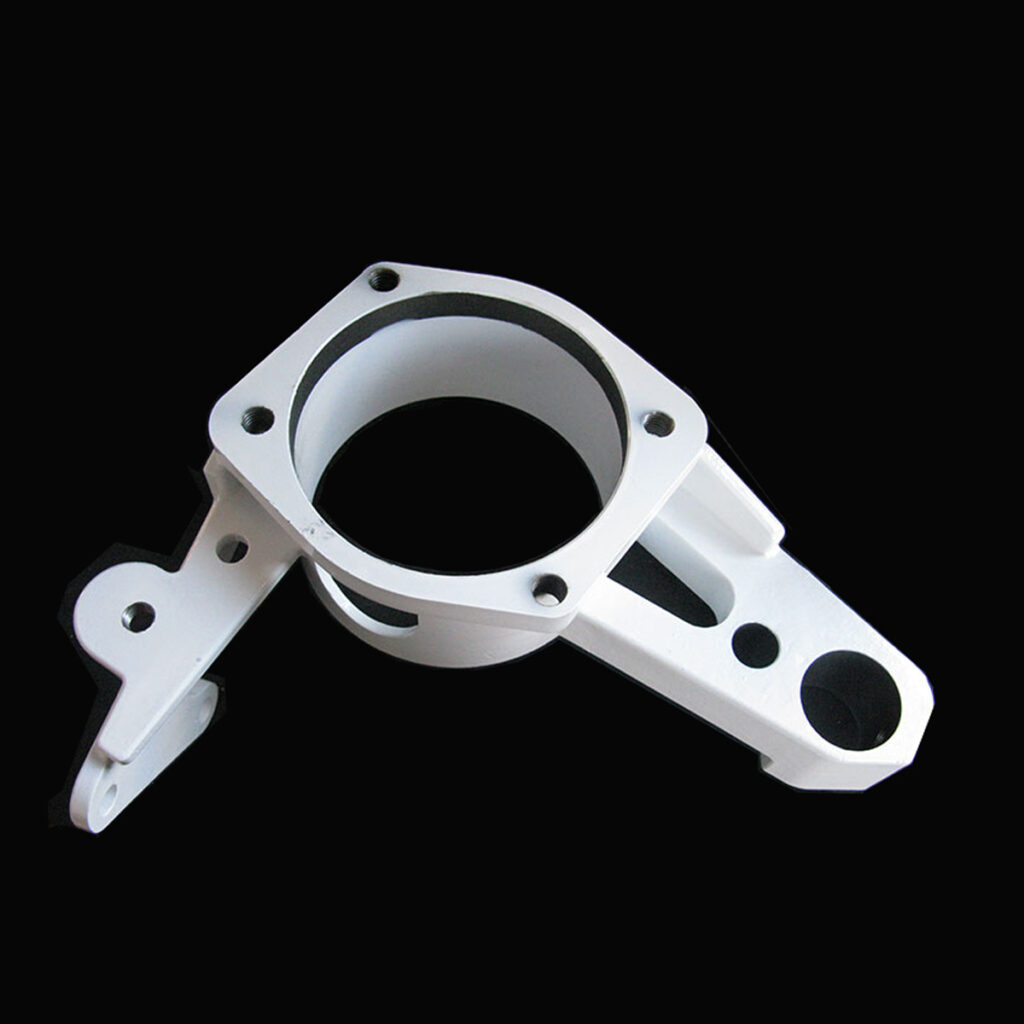Introduction
The investment casting industry faces increasing pressure to adopt sustainable manufacturing practices amid tightening environmental regulations and rising material costs. Traditional foundries generate significant waste, including spent wax patterns, ceramic slurry residues, and contaminated wastewater, posing both ecological and economic challenges.
Green Foundry 2.0 represents the next wave of eco-friendly innovations, focusing on closed-loop wax recycling and advanced wastewater treatment systems to minimize environmental impact while improving profitability.
This guide explores cutting-edge technologies and strategies to transform your foundry into a zero-waste, energy-efficient operation.
1. The Environmental Challenge in Investment Casting
1.1 Waste Streams in Traditional Foundries
| Waste Type | Source | Environmental Impact |
|---|---|---|
| Spent Wax | Used wax patterns, gating systems | Non-biodegradable, landfill accumulation |
| Ceramic Slurry | Broken shells, spent mold materials | Heavy metals (e.g., cobalt, zircon) leaching |
| Wastewater | Cooling water, cleaning solutions | pH imbalance, suspended solids, toxic chemicals |
1.2 Regulatory Pressures
- EU’s REACH & RoHS: Restrict hazardous substances (e.g., lead, cadmium).
- EPA Effluent Guidelines: Mandate wastewater metal concentrations < 1 ppm.
- ISO 14001: Certification requires waste reduction plans.
2. Closed-Loop Wax Recycling Systems
2.1 The Problem with Traditional Wax Disposal
- Lost-Wax Process discards 20–30% of wax as unrecoverable waste.
- Landfill costs exceed $200/ton in some regions.
2.2 Modern Wax Reclamation Technologies
A. Thermal Distillation Recovery
- Process:
- Melting: Spent wax is heated to 120–150°C to remove impurities.
- Filtration: Centrifugal filters remove ceramic residues.
- Distillation: Vacuum distillation separates reusable wax (90% recovery rate).
- Benefits:
- Recycled wax meets virgin wax quality (ASTM D7389).
- Energy savings: 40% lower vs. new wax production.
B. Solvent-Based Extraction
- Process: Uses bio-solvents (e.g., citrus terpenes) to dissolve wax from ceramic debris.
- Best For: High-precision wax blends (e.g., microcrystalline wax).
C. 3D-Printed Wax Optimization
- Reduce Waste: Digital wax printing cuts pattern-making waste by 70%.
- Recyclable Supports: Water-soluble support materials simplify reclamation.
2.3 Case Study: Zero-Wax-Waste Foundry
- Challenge: A German foundry generated 5 tons/month of wax waste.
- Solution: Installed on-site thermal distillation unit.
- Result:
- 95% wax reuse, saving $150,000/year.
- Carbon footprint reduced by 35%.
3. Advanced Wastewater Treatment Solutions
3.1 Wastewater Composition in Foundries
| Contaminant | Source | Treatment Challenge |
|---|---|---|
| Heavy Metals | Ceramic shells (Co, Zr, Ni) | Toxicity, non-biodegradable |
| Suspended Solids | Slurry residues | Clogs filtration systems |
| High pH | Alkaline cleaning agents | Corrodes pipelines |
3.2 Innovative Treatment Methods
A. Electrocoagulation (EC)
- Process: Electrical current destabilizes contaminants for easy removal.
- Efficiency: Removes 99% of metals (meets EPA Tier 4 standards).
B. Membrane Bioreactors (MBR)
- Process: Combines biological treatment + ultrafiltration.
- Best For: Organic pollutants (e.g., wax emulsifiers).
C. Evaporation-Crystallization
- Process:
- Wastewater evaporated into steam.
- Residual solids crystallized for safe disposal.
- Benefit: Zero liquid discharge (ZLD) compliance.
3.3 Case Study: Water Recycling in a US Foundry
- Challenge: 50,000 gallons/month of wastewater requiring off-site treatment.
- Solution: Implemented EC + reverse osmosis system.
- Result:
- 90% water reuse, saving $80,000/year.
- Zero violations in 3+ years of EPA audits.
4. Energy and Cost Savings Analysis
| Technology | Upfront Cost | Payback Period | Annual Savings |
|---|---|---|---|
| Thermal Wax Recycler | $250,000 | 2–3 years | $100,000+ |
| Electrocoagulation | $150,000 | 1.5 years | $60,000+ |
| Solar-Powered Melting | $500,000 | 5–7 years | $200,000+ |
5. Future Trends in Green Foundries
5.1 AI-Driven Waste Optimization
- Smart Sensors: Monitor wax quality in real-time to optimize recycling.
- Predictive Analytics: Forecast sludge generation for proactive treatment.
5.2 Bio-Based Materials
- Plant-Derived Waxes: Soy/carnauba blends reduce fossil fuel dependency.
- Eco-Friendly Binders: Chitosan-based ceramic slurries (non-toxic).
5.3 Carbon-Neutral Foundries
- Renewable Energy: Solar/wind-powered furnaces.
- Carbon Capture: Scrubbers for CO₂ emissions from wax burn-off.
6. Implementing Green Foundry 2.0: A Step-by-Step Guide
- Audit Waste Streams
- Quantify wax loss, wastewater volume, and energy use.
- Prioritize High-ROI Upgrades
- Start with wax recycling (fastest payback).
- Train Staff
- ISO 14001 certification for environmental management.
- Partner with Tech Providers
- Collaborate with equipment vendors for customized solutions.
7. Conclusion
Adopting Green Foundry 2.0 practices isn’t just about compliance—it’s a competitive advantage. Companies investing in:
✅ Closed-loop wax recycling
✅ Zero-discharge wastewater systems
✅ Renewable energy integration
…can achieve 20–30% cost reductions while meeting ESG (Environmental, Social, Governance) goals.



One Response
Ready to transform your foundry? [Contact us] for a free sustainability assessment!